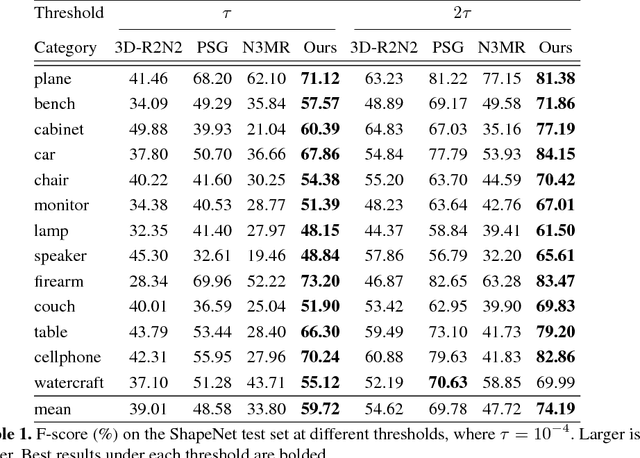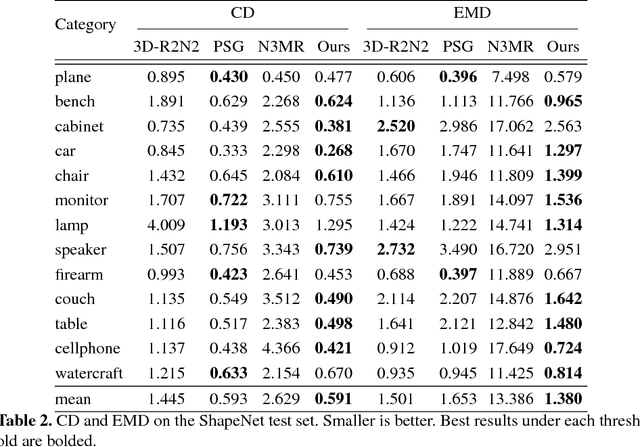Nanyang Wang
STAR Loss: Reducing Semantic Ambiguity in Facial Landmark Detection
Jun 05, 2023Abstract:Recently, deep learning-based facial landmark detection has achieved significant improvement. However, the semantic ambiguity problem degrades detection performance. Specifically, the semantic ambiguity causes inconsistent annotation and negatively affects the model's convergence, leading to worse accuracy and instability prediction. To solve this problem, we propose a Self-adapTive Ambiguity Reduction (STAR) loss by exploiting the properties of semantic ambiguity. We find that semantic ambiguity results in the anisotropic predicted distribution, which inspires us to use predicted distribution to represent semantic ambiguity. Based on this, we design the STAR loss that measures the anisotropism of the predicted distribution. Compared with the standard regression loss, STAR loss is encouraged to be small when the predicted distribution is anisotropic and thus adaptively mitigates the impact of semantic ambiguity. Moreover, we propose two kinds of eigenvalue restriction methods that could avoid both distribution's abnormal change and the model's premature convergence. Finally, the comprehensive experiments demonstrate that STAR loss outperforms the state-of-the-art methods on three benchmarks, i.e., COFW, 300W, and WFLW, with negligible computation overhead. Code is at https://github.com/ZhenglinZhou/STAR.
Pixel2Mesh: Generating 3D Mesh Models from Single RGB Images
Aug 03, 2018



Abstract:We propose an end-to-end deep learning architecture that produces a 3D shape in triangular mesh from a single color image. Limited by the nature of deep neural network, previous methods usually represent a 3D shape in volume or point cloud, and it is non-trivial to convert them to the more ready-to-use mesh model. Unlike the existing methods, our network represents 3D mesh in a graph-based convolutional neural network and produces correct geometry by progressively deforming an ellipsoid, leveraging perceptual features extracted from the input image. We adopt a coarse-to-fine strategy to make the whole deformation procedure stable, and define various of mesh related losses to capture properties of different levels to guarantee visually appealing and physically accurate 3D geometry. Extensive experiments show that our method not only qualitatively produces mesh model with better details, but also achieves higher 3D shape estimation accuracy compared to the state-of-the-art.
 Add to Chrome
Add to Chrome Add to Firefox
Add to Firefox Add to Edge
Add to Edge